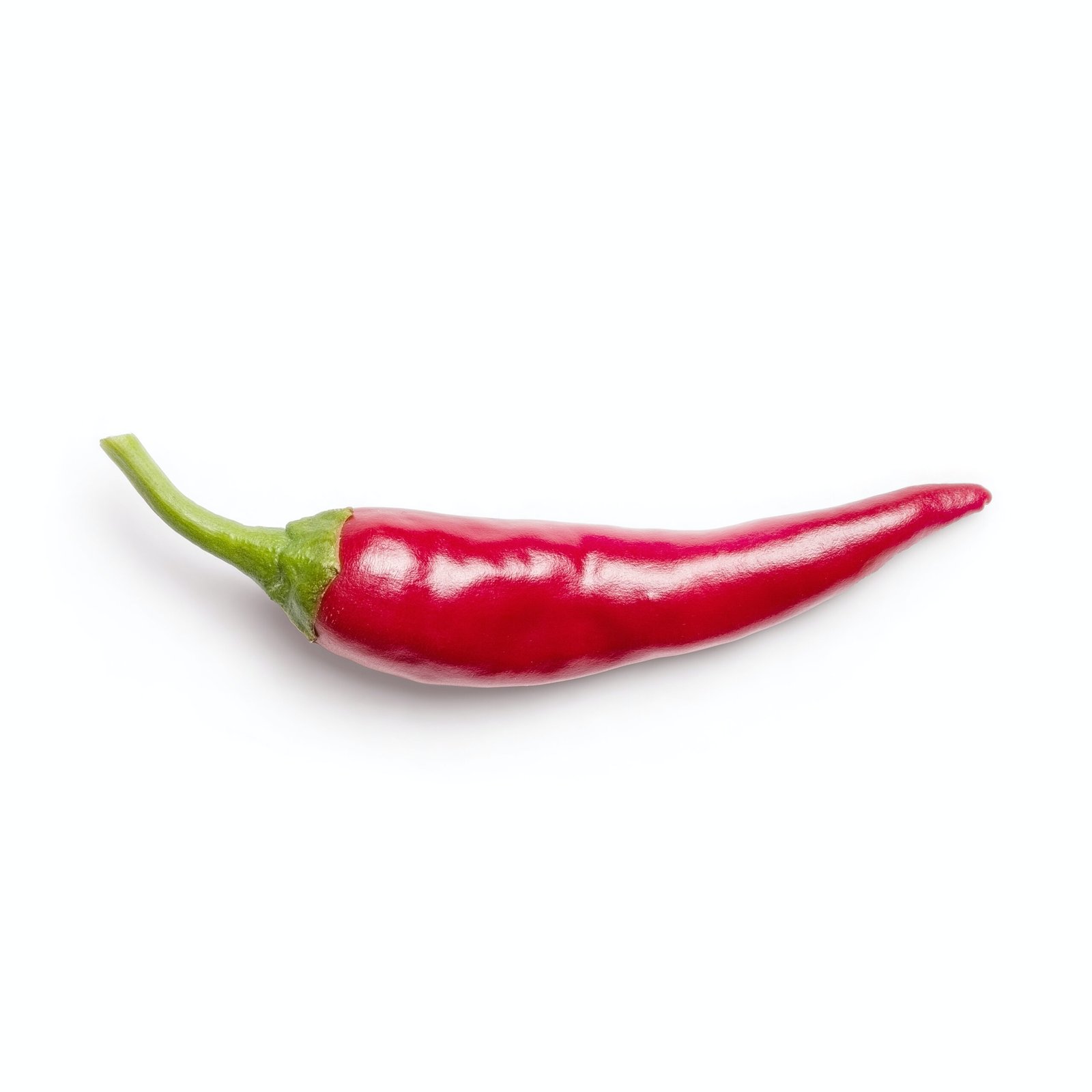As the chilly weather sets in, there’s nothing quite as satisfying as a steaming bowl of chili. Whether you’re a fan of the classic chili con carne or prefer a vegetarian version, chili is a versatile dish that can be customized to suit your taste buds. In this week’s Southwestern Culinary Adventure, we’ll delve into the world of chili, discussing the different types, the debate between chili powder and homemade blends, and the delightful variations that will warm your soul.
The Many Faces of Chili
Chili comes in various forms, each with its own unique flavor profile. From the traditional Texas-style chili con carne to the vibrant chili verde, there’s a chili for everyone.
Let’s start with the classic chili con carne. This hearty dish combines meat and chilies, resulting in a rich and flavorful concoction. The meat can range from beef to chicken, and the chilies can be fresh or dried. Speaking of dried chilies, they are the star of chili verde, a tangy and slightly spicy green chili stew. The use of fresh chilies in chili verde gives it a vibrant color and a burst of freshness.
Now, let’s address the age-old debate: chili with or without beans? While some chili purists argue that beans have no place in chili, others embrace the comforting combination of beans and chili. In fact, beans are considered a symbol of the new year in many cultures, signifying prosperity and good luck. So, whether you’re a fan of beans or prefer your chili bean-less, there’s no denying the cozy warmth that a bowl of chili brings.
Chili Powder vs. Homemade Blends
When it comes to adding that distinct chili flavor to your dish, you have two options: chili powder or homemade blends. Chili powder is a convenient option readily available in most grocery stores. It typically contains a mix of ground chilies, cumin, garlic powder, and other spices. While it provides a quick and easy way to add flavor to your chili, it may lack the complexity and depth of homemade blends.
Creating your own chili blend allows you to experiment with different combinations of dried chilies and spices, resulting in a truly unique flavor. You can toast and grind your own chilies, adjusting the heat level to your liking. The process of making your own blend is not only rewarding but also gives you full control over the taste and intensity of your chili.
Exploring Fresh vs. Dried Chilies
One of the key factors in determining the flavor of your chili is the choice between fresh and dried chilies. Fresh chilies, such as jalapenos or poblanos, bring a bright and vibrant heat to your dish. They add a fresh, crisp flavor that can’t be replicated with dried chilies.
On the other hand, dried chilies offer a more intense and complex flavor. They have a smoky undertone and can range from mild to fiery hot, depending on the variety. Dried chilies, like ancho or chipotle, are often used in homemade chili blends to add depth and richness to the overall flavor.
Get Creative with Chili
While the classic chili con carne will always have a special place in our hearts, there’s no harm in getting a little creative with your chili recipes. Consider adding unexpected ingredients like chocolate, coffee, or even beer to elevate the flavors. You can also experiment with different meat options, such as ground turkey or venison, for a unique twist.
For those looking for a vegetarian option, chili can be just as delicious without meat. Load it up with a variety of beans, vegetables, and spices to create a hearty and satisfying dish that even meat-lovers will enjoy.
So, whether you’re a fan of the traditional chili con carne or prefer to explore the world of vegetarian chili, there’s no shortage of options to satisfy your cravings. Embrace the warmth and comfort that chili brings during these cold winter months, and don’t be afraid to get creative with your own chili blends and flavor combinations. Happy chili cooking!
